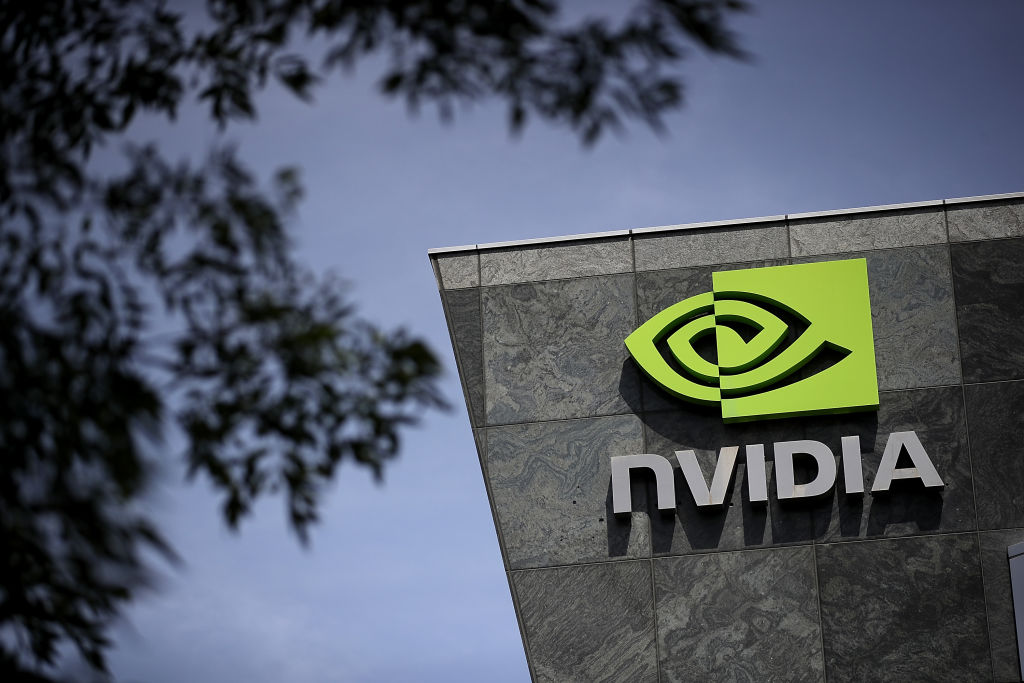Ethereum miners can't sit with us — Nvidia slashes the hash rate of RTX 30-series GPUs
'GeForce products are for gamers,' Nvidia says

Nvidia is cracking down on Ethereum miners who are snatching RTX 30-series graphics cards and contributing to the GPU shortage. Gamers who want to play their favorite triple-A titles with top-notch hardware are fuming about how difficult it is to secure RTX 30-series GPUs, and Nvidia hears them loud and clear.
At the end of April, we reported that Nvidia introduced new drivers for the RTX 3060 GPU, which included a hash-rate limiter that slashes its power to mine Ethereum by 50%. Today, Nvidia announced that it halved the hash-rate speeds of three more cards.
- The best gaming laptops of 2021
- The best cheap gaming laptops of 2021
- How to buy Shiba Inu coin
Nvidia introduces new anti-mining RTX 3080, 3070, and 3060 Ti GPUs
Nvidia is sick and tired of Ethereum miners buying up all of the RTX 30-series GPU supply, and as a result, the gaming-hardware giant is reducing the hash rate of newly manufactured GeForce RTX 3080, 3070 and 3060 Ti graphics cards.
"GeForce products are made for gamers," Global Head of GeForce Marketing Matt Wuebbling said. "We believe this additional step will get more GeForce cards at better prices into the hands of gamers everywhere."
The new anti-mining graphics cards will be labeled with the acronym "LHR," which stands for Lite Hash Rate. The identifier will be posted on retail product listings as well as packaging.
As mentioned, this isn't the first time Nvidia took action against Ethereum-hungry cryptocurrency miners. In February, Nvidia announced that all shipped GeForce RTX 3060 graphics cards will feature a reduced Ethereum hash rate.
However, Nvidia hasn't totally marginalized its cryptocurrency consumers. The gaming-hardware giant announced that it is launching a mining-only card called Cryptocurrency Mining Processor (CMP). It lacks graphical processing capabilities, but it's purpose-built for efficient cryptocurrency mining.
Sign up to receive The Snapshot, a free special dispatch from Laptop Mag, in your inbox.
Nvidia hasn't announced a release date for its upcoming CMPs yet. Gamers, on the other hand, can get their hands on Nvidia's new LHR GPUs sometime this month.
Kimberly Gedeon, holding a Master's degree in International Journalism, launched her career as a journalist for MadameNoire's business beat in 2013. She loved translating stuffy stories about the economy, personal finance and investing into digestible, easy-to-understand, entertaining stories for young women of color. During her time on the business beat, she discovered her passion for tech as she dove into articles about tech entrepreneurship, the Consumer Electronics Show (CES) and the latest tablets. After eight years of freelancing, dabbling in a myriad of beats, she's finally found a home at Laptop Mag that accepts her as the crypto-addicted, virtual reality-loving, investing-focused, tech-fascinated nerd she is. Woot!

